Backyards are meant to be a place of comfort and relaxation, but what you keep or do there can sometimes frustrate the people living next door. While many homeowners focus on making their outdoor spaces appealing, it’s easy to overlook certain details that may be irritating for others. From the noise that carries over fences to clutter that spoils the view, there are everyday habits and setups that can quickly turn into neighborhood complaints. Here are nine common backyard issues that tend to annoy neighbors more than most people realize.
1. Overgrown Grass and Weeds
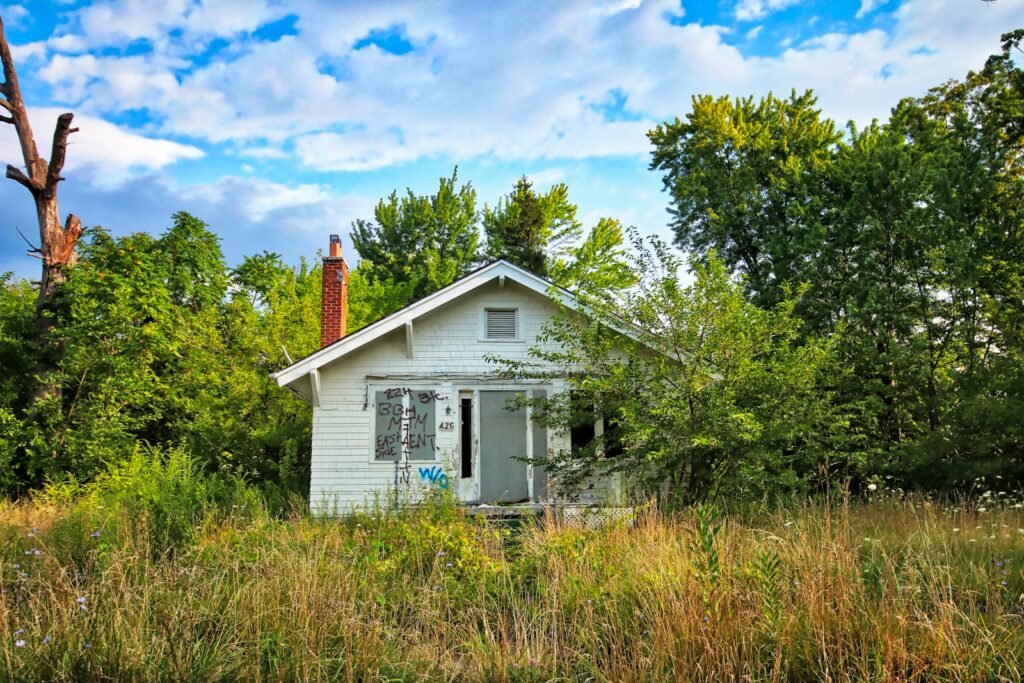
A backyard left untended for weeks often becomes an eyesore for those living nearby. Weeds spread quickly, making it harder for surrounding lawns to stay neat, while tall grass invites pests like snakes, rodents, and insects. If a home was built decades ago, its lawn usually had fewer problems because neighbors collectively took care of their spaces. Today, one unkempt yard can ruin the overall appeal of the street. Maintaining grass height and pulling out weeds regularly may seem simple, but it makes a huge difference in how others view your property.
2. Noisy Outdoor Parties

Everyone enjoys celebrations, but frequent late-night gatherings in the backyard can easily frustrate neighbors who value quiet evenings. Homes built in suburban layouts during the mid-20th century often placed yards close together, which means sound carries more than expected. Loud music, shouting, and clinking glasses can make it difficult for others to sleep or relax, especially on weekdays. While occasional parties are usually tolerated, repeated noise late into the night often creates tension. Being mindful of volume levels and party frequency can keep relationships with neighbors positive.
3. Unsightly Junk Piles
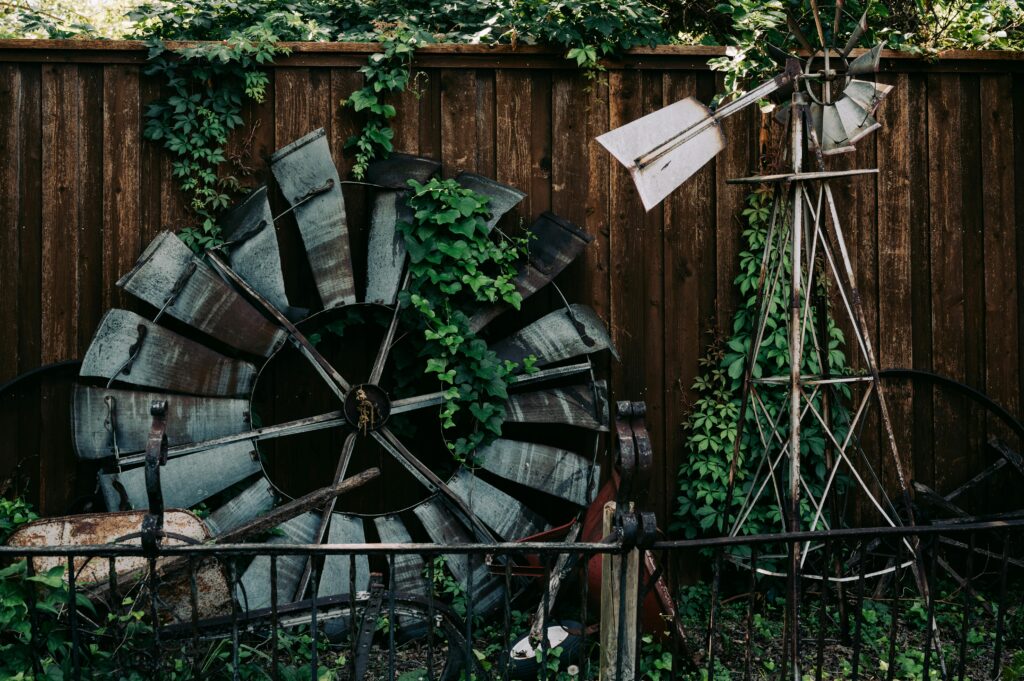
Old furniture, broken appliances, or unused construction materials stacked in a backyard can be more than just unattractive; they can also attract rodents and insects. Many mid-century homes were built with modest storage sheds to prevent clutter from spreading into open areas, but not every homeowner uses them effectively. When neighbors have to look out their windows at scattered junk, it can lower the overall mood of the neighborhood. A well-maintained yard not only benefits your property but also respects the shared environment of those around you.
4. Aggressive or Barking Dogs

Dogs bring joy to families, but constant barking or aggressive behavior near fences can become overwhelming for neighbors. Houses built with smaller backyards in the 1970s and later often placed pets very close to adjoining properties. This lack of space means barking echoes and can be heard even indoors. While occasional noise is natural, ongoing disruptions or intimidating behavior near shared fences can create real discomfort. Training pets, giving them enough exercise, and ensuring they have proper stimulation reduces the chances of them becoming a neighborhood nuisance.
5. Smoke from Fire Pits and Grills
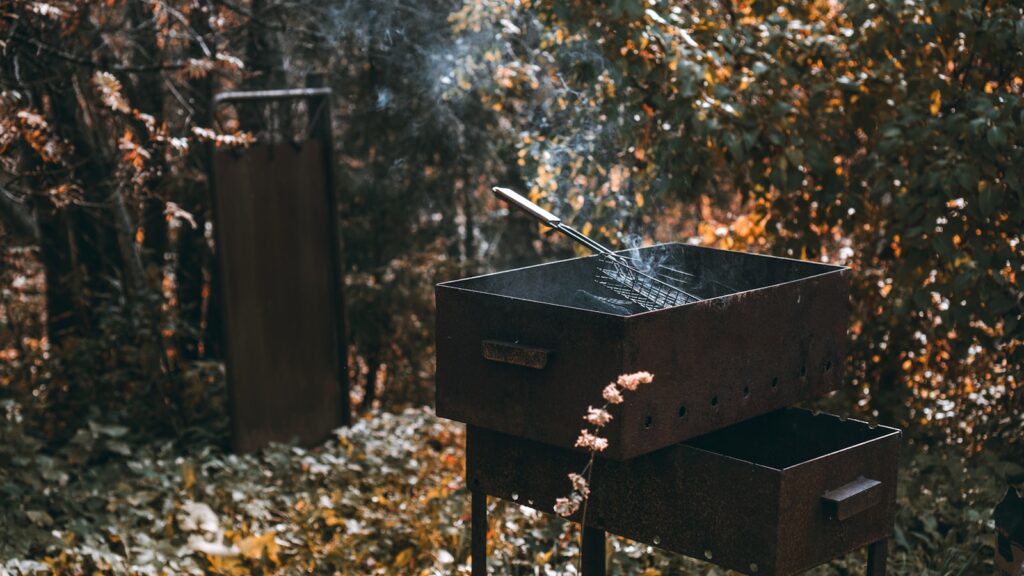
The smell of barbecue may seem inviting, but constant smoke drifting into neighboring yards can quickly grow frustrating. Many older homes were not built with outdoor cooking in mind, which means smoke from fire pits and grills often has nowhere to escape but over the fence. If used too often, the fumes can make it difficult for nearby residents to enjoy fresh air or keep their windows open. Being considerate about the frequency and timing of backyard fires helps balance your enjoyment with your neighbors’ comfort.
6. Bright Security or Decorative Lights
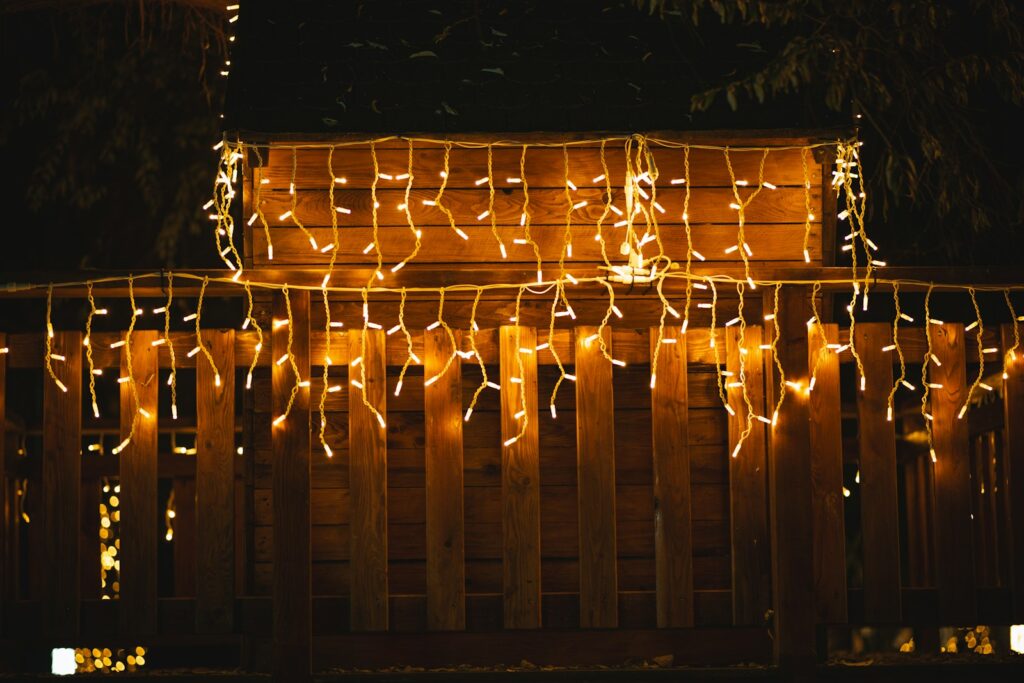
Outdoor lighting is helpful for safety, but overly bright or poorly positioned fixtures can shine directly into neighboring bedrooms. When homes were built closer together in the 1980s and onward, light pollution became a more common complaint in residential areas. Decorative string lights or motion-activated security lamps may look nice, but if they disrupt someone’s sleep, they quickly lose their charm. Adjusting angles, using softer bulbs, or setting timers can make a backyard feel inviting while still respecting the privacy and comfort of those nearby.
7. Noisy Yard Equipment
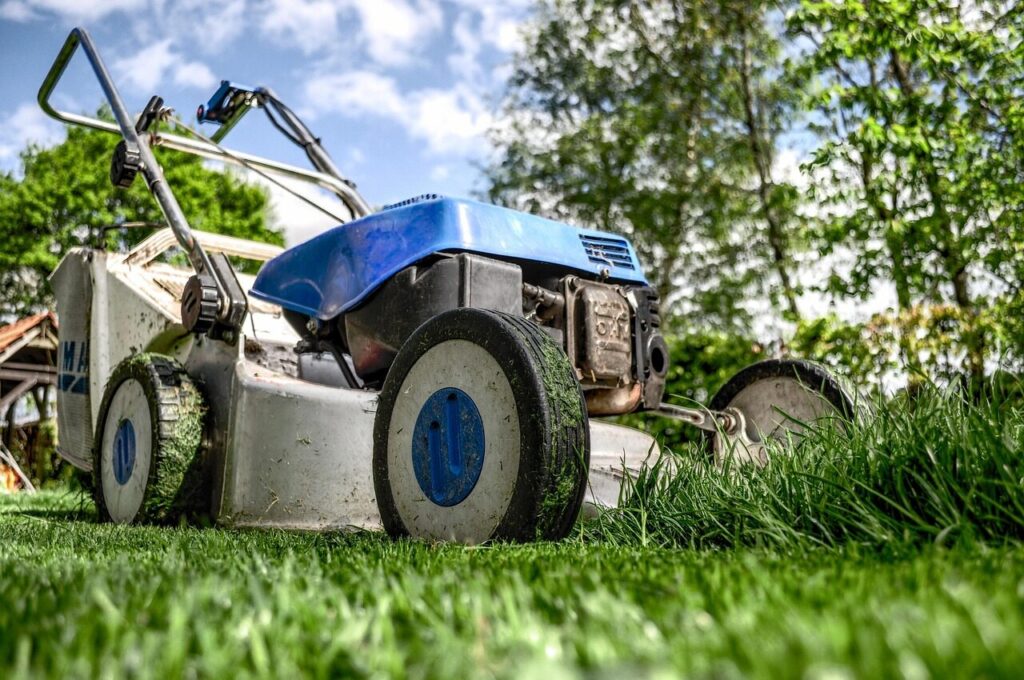
Mowing, trimming, and leaf blowing are essential tasks, but timing matters. Early morning or late-night use of noisy equipment often irritates neighbors. Many suburban houses built in the mid-20th century were designed with thinner property lines, making the noise even more noticeable. While the sound of maintenance is expected, using machines during quiet hours can feel intrusive. Checking local noise ordinances and choosing more considerate times for outdoor chores goes a long way in keeping good relations with those living close by.
8. Unruly Trees and Branches

Trees add shade and beauty, but when they’re left untrimmed, branches can extend into neighboring yards, blocking sunlight or even causing damage. Many homes built in the early 1900s were designed with smaller trees that didn’t pose such issues, but as decades passed, these trees grew far larger than expected. Falling leaves, fruit, or heavy branches can also create constant cleanup for others. Regular trimming and mindful planting not only protect your property but also prevent disputes with neighbors who may feel burdened by your overgrowth.
9. Neglected Pools or Standing Water

A pool can be a great backyard feature, but when not cared for, it becomes a breeding ground for mosquitoes and other pests. Even smaller water features like fountains or birdbaths can cause frustration if they collect stagnant water. Many homes built during the 1960s boom of backyard pools lacked advanced filtration systems, making upkeep more challenging. Neighbors who can’t enjoy their yard due to swarming insects will quickly notice the problem. Consistent cleaning and water circulation keep pools pleasant and prevent them from turning into neighborhood headaches.
Comments